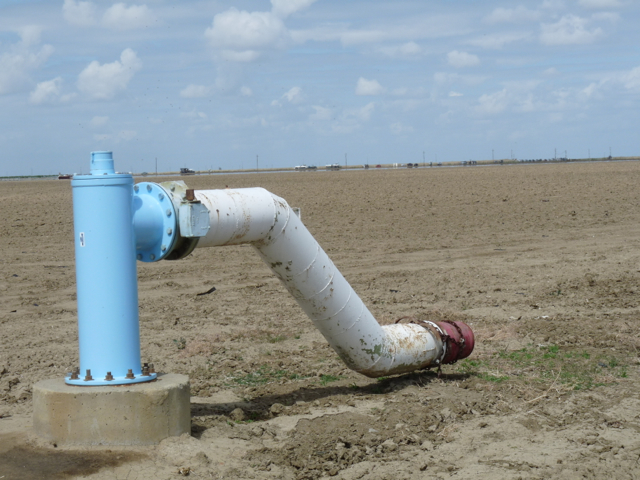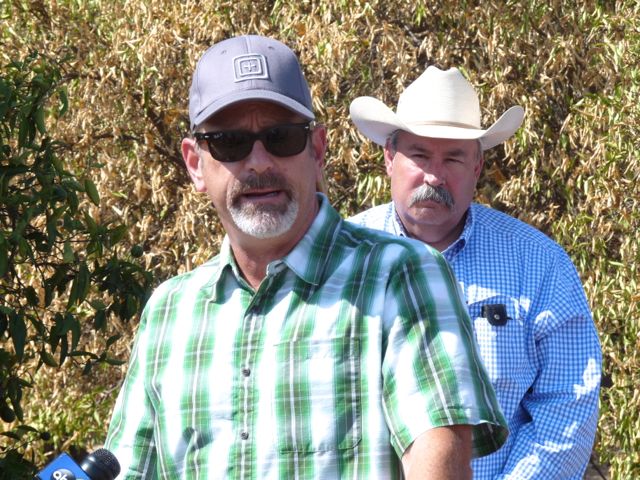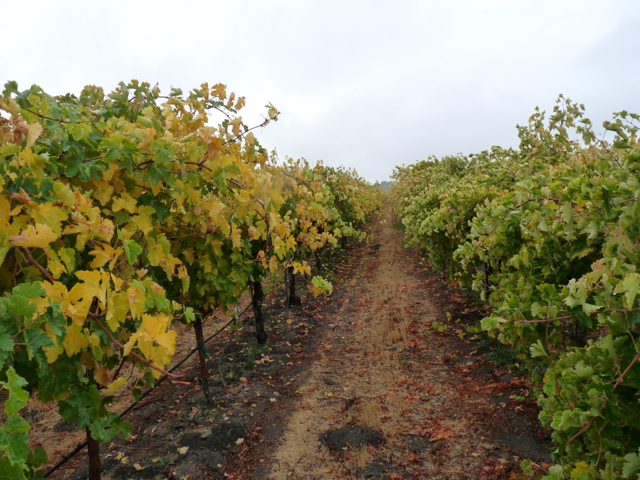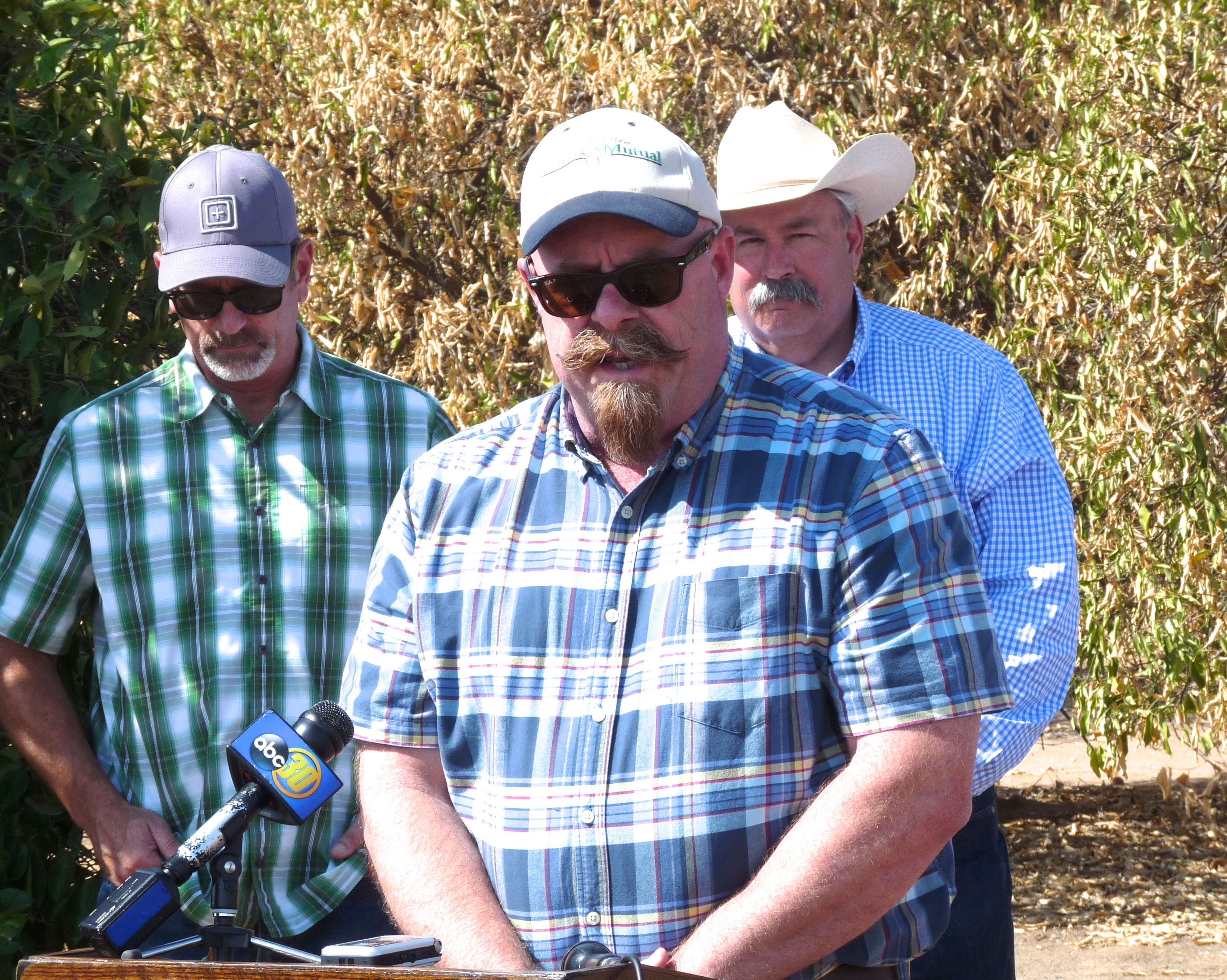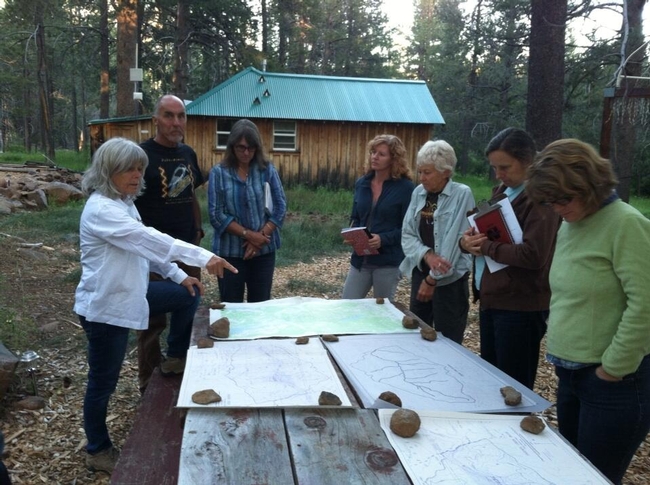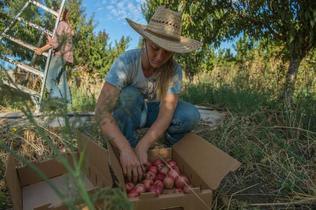Understanding California’s Groundwater
California’s Groundwater Is in Crisis
Source: Janny Choy and Geoff McGhee; Water in the West
California’s groundwater is back in the spotlight. Largely invisible, lightly regulated and used by 85% of California’s population and much of the state’s $45 billion agriculture industry, groundwater is a crucial reserve that helps stave off catastrophe during drought periods like we’ve experienced over the past three years.
Unheralded, Underegulated and Overused, California’s Groundwater Is in Crisis
 But after more than a century of unregulated use, California’s groundwater is in crisis – and with it the state’s hydrologic safety net. This carries profound economic, environmental, and infrastructure implications. How did it come to this, and what do we do now?
But after more than a century of unregulated use, California’s groundwater is in crisis – and with it the state’s hydrologic safety net. This carries profound economic, environmental, and infrastructure implications. How did it come to this, and what do we do now?
6 Million Californians Rely on Groundwater
Over 6 million Californians rely solely or primarily on groundwater for their water supply. Many of them reside in towns and cities in the Central Valley and along the Central California coast, where communities generally have limited local surface water options or don’t have the ability to finance other water supply sources.
For Others, Groundwater Complements the Surface Water Supply
Generally, though, groundwater is used alongside surface water to meet the state’s needs, which range from urban and industrial uses to irrigating roughly half the fruits and vegetables grown in the United States.
In normal and wet years, groundwater provides 30 to 40% of the water supply. It supplements surface water that is collected from snowmelt and rainfall then is stored and conveyed by a vast system of state and federal dams, reservoirs, and aqueducts.
During droughts, surface water availability can be sharply reduced, leaving water users to pump water from local wells. At times like these, groundwater can surge closer to 60% of water used statewide, and even higher in agricultural areas like the Central Valley.
When Rain and Snow Don’t Fall, Groundwater Prevents Disaster
This year, the third consecutive year of an extreme and extensive drought, state officials have warned that little or no surface water will be made available to most consumers. In turn, water providers are advising large users to pump their own groundwater.
As bad as this drought is, it is not uncommon. Droughts are a part of life in California, as anyone who has lived here long enough knows. But what most may not know is that groundwater has been getting us through droughts, including the last big one in the 1970s, and it is getting us through the one today.
In fact, 5 million acre feet of additional groundwater will be pumped in the Central Valley alone to make up for the 6.5 million acre feet in surface water reductions for agriculture in 2014. Even so, the economic loss for the Central Valley from this drought is expected to be $1.7 billion.
By Overusing Groundwater Today, We Are Living Off Our ‘Savings’
Writers often turn to financial metaphors to explain the importance of groundwater. As Tom Philpott of Mother Jones magazine wrote recently, “To live off surface water is to live off your paycheck … To rely on groundwater, though, is to live off of savings.”
Another metaphor frequently applied to groundwater is that of mining. In fact, “groundwater mining” is exactly what experts call nonrenewable groundwater use, where farmers “mine” water to grow almonds, alfalfa or grapes. You could even say they are “mining” those commodities themselves.
Recommendations for Groundwater Reform
Through numerous hearings, workshops, and consultations with experts and interest groups, recommendations by groups such as the California Water Foundation are coalescing around the concept of local groundwater management with the state serving as a backstop authority if local action has not occurred or is insufficient.
Next steps might include creating and empowering local groundwater management entities; requiring groundwater management plans; and defining the state’s role for assistance, oversight, enforcement and funding. Read more in the California Water Foundation’s report with recommendations for sustainable groundwater management.

